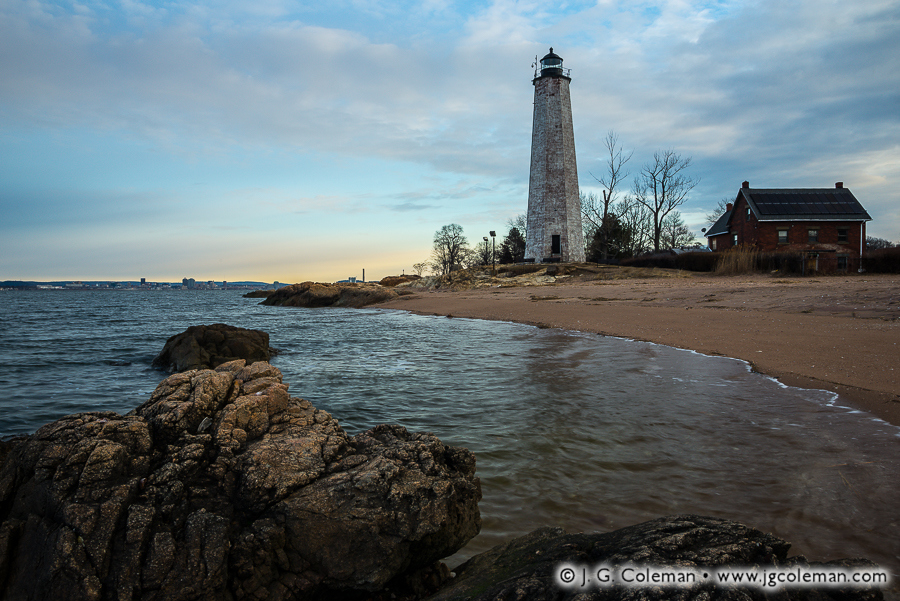
Cove Island Park Stamford, Connecticut
© 2018 J. G. Coleman
In modern times, Cove Island is an inviting, landscaped park with broad grassy expanses, paved walking paths and benches that overlook Long Island Sound. Yet throughout the 19th century, this swath of coastal land was well-known as a place of business, initially hosting a modest grist mill which eventually developed into an industrial complex known as the “Cove Mills.”
But in an era before the electrical grid existed, and without a waterfall to turn a waterwheel or turbine, how could any mills have operated on Cove Island? Along the coast of Rhode Island to the east, it was not uncommon to harness the ocean breeze through the use of wind mills, but that wasn’t the only “alternative” means of operating a mill in New England. The Cove Mills made clever use of the tides with an old and especially ingenious method that extracted energy from the constant surge and withdrawal of seawater at the coast.
Known as a “tide mill” or “tidewater mill”, the Cove Mills employed a dam across the mouth of the Noroton River, positioned at a bottleneck just before it emptied into the sea at Cove Harbor. When the tide came in, generally rising between 6 and 9 feet, it would crest higher than the dam and fill the river basin upstream. When the tide withdrew, it would drop well-below the top of the dam, leaving millions of gallons of water trapped upstream. In this way, the river itself served as the mill pond for the Cove Mills. Water stored in the river after the tide withdrew was funneled from the dam through a sluice, creating an artificial “waterfall” that was harnessed to drive factory machinery. With each rise of the tide, the pond was refilled.
The proverbial Golden Age of the Cove Mills came in the 1890s. At that time, according to The Stamford Historical Society, the complex…
“…employed about 500 workers, with state-of-the-art facilities on 70 acres at the Cove, thousands of feet of mechanized wharves hosting big deep-sea schooners, a shipping company with four schooners, and a number of houses on [nearby] Weed Street.”
But just three decades later, shifts in markets and a corresponding failure on the part of owners to adapt to changing times had led to a dramatic decline of the Cove Mills. The future of the industrial complex as a profitable enterprise was already quite uncertain going into 1919, but by February of that year, it would cease to matter much anyway. A massive fire erupted in the facility on February 19th; by the next morning, the Cove Mills had burnt to the ground, never to be rebuilt.
Purchase a Fine Art Print or Inquire About Licensing
Click here to visit my landing page for “Broken Shores of Cove Harbor” to buy a beautiful fine art print or inquire about licensing this image.
Want to See More?
Be sure to check out more of my work from Connecticut.





